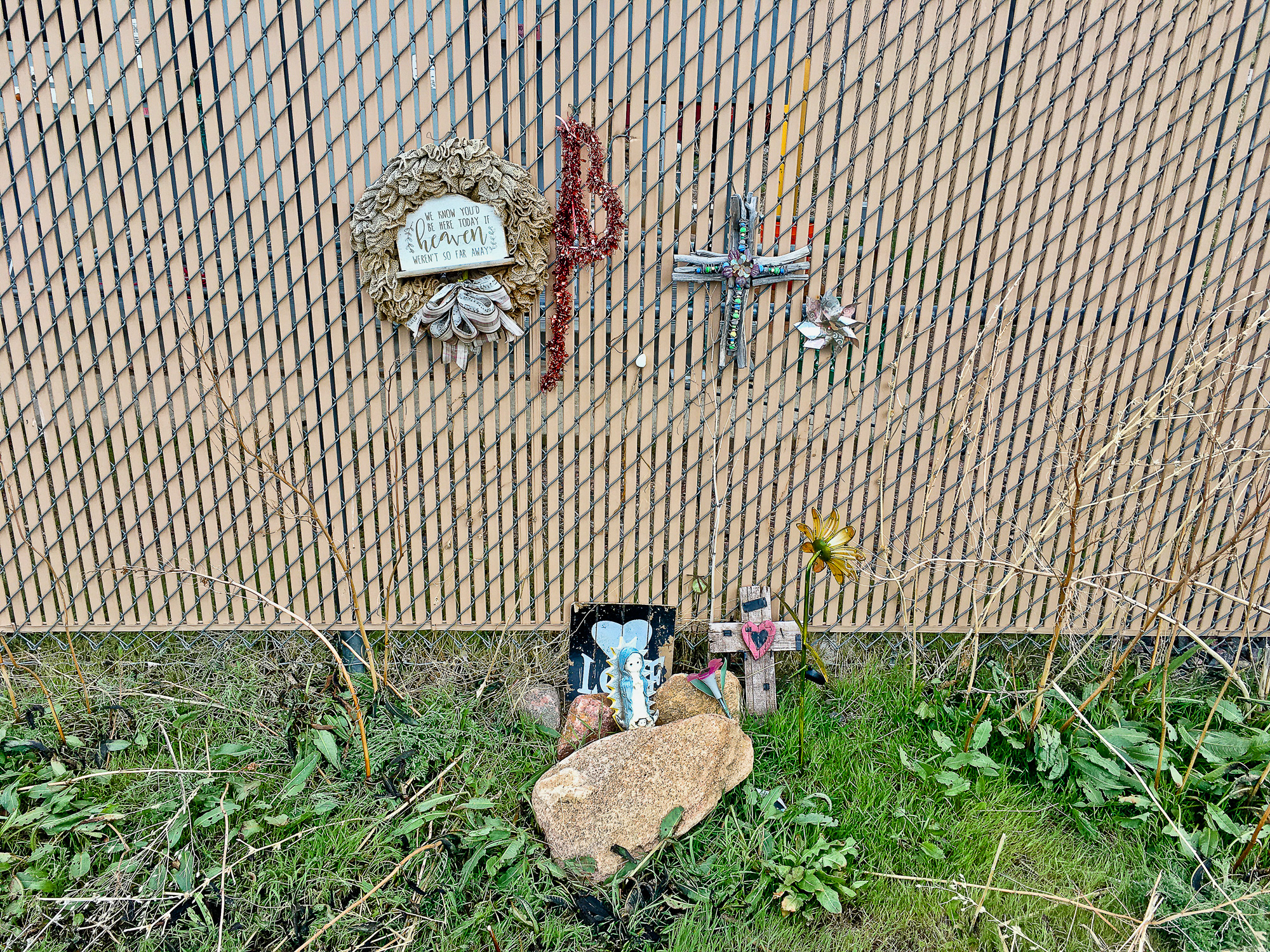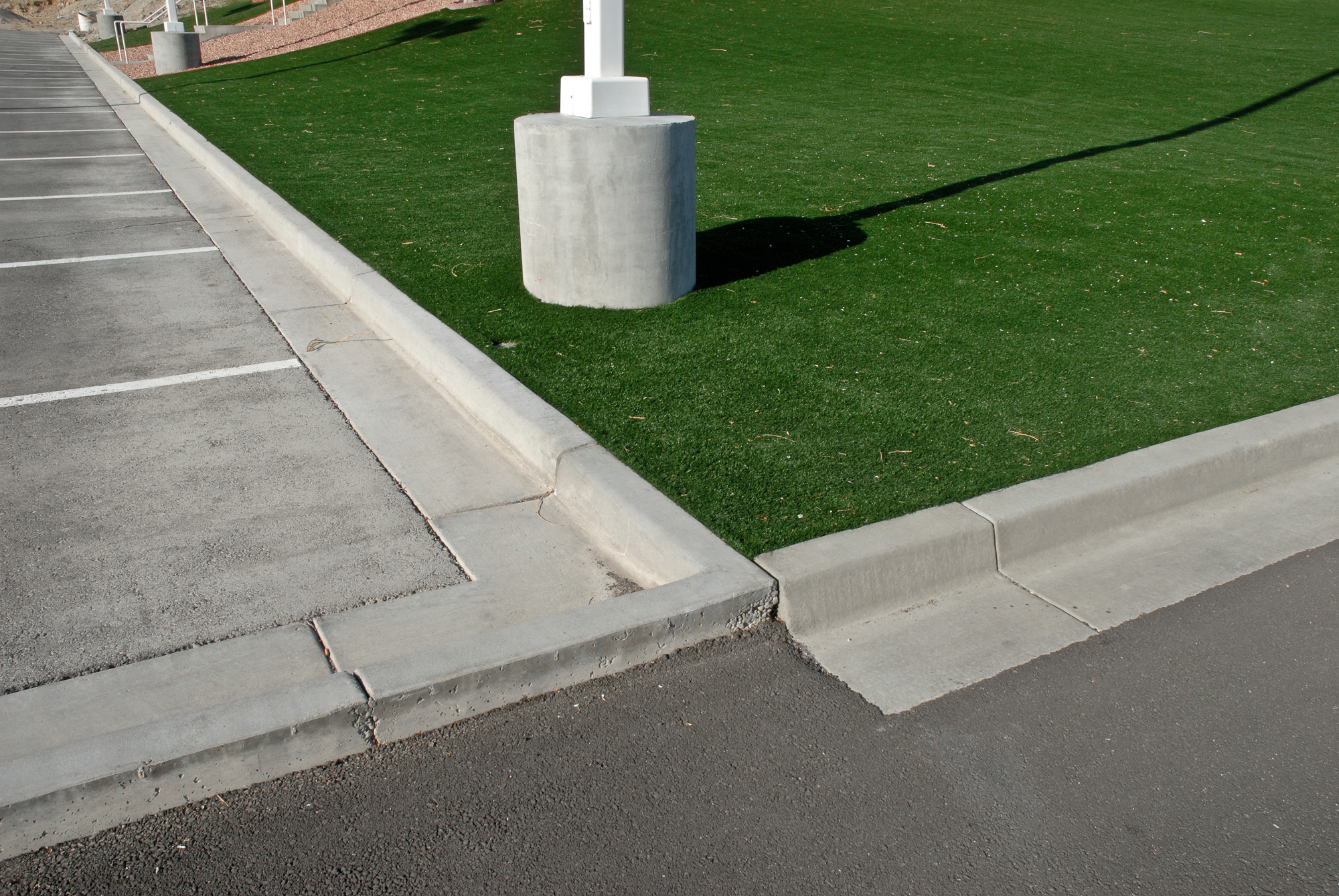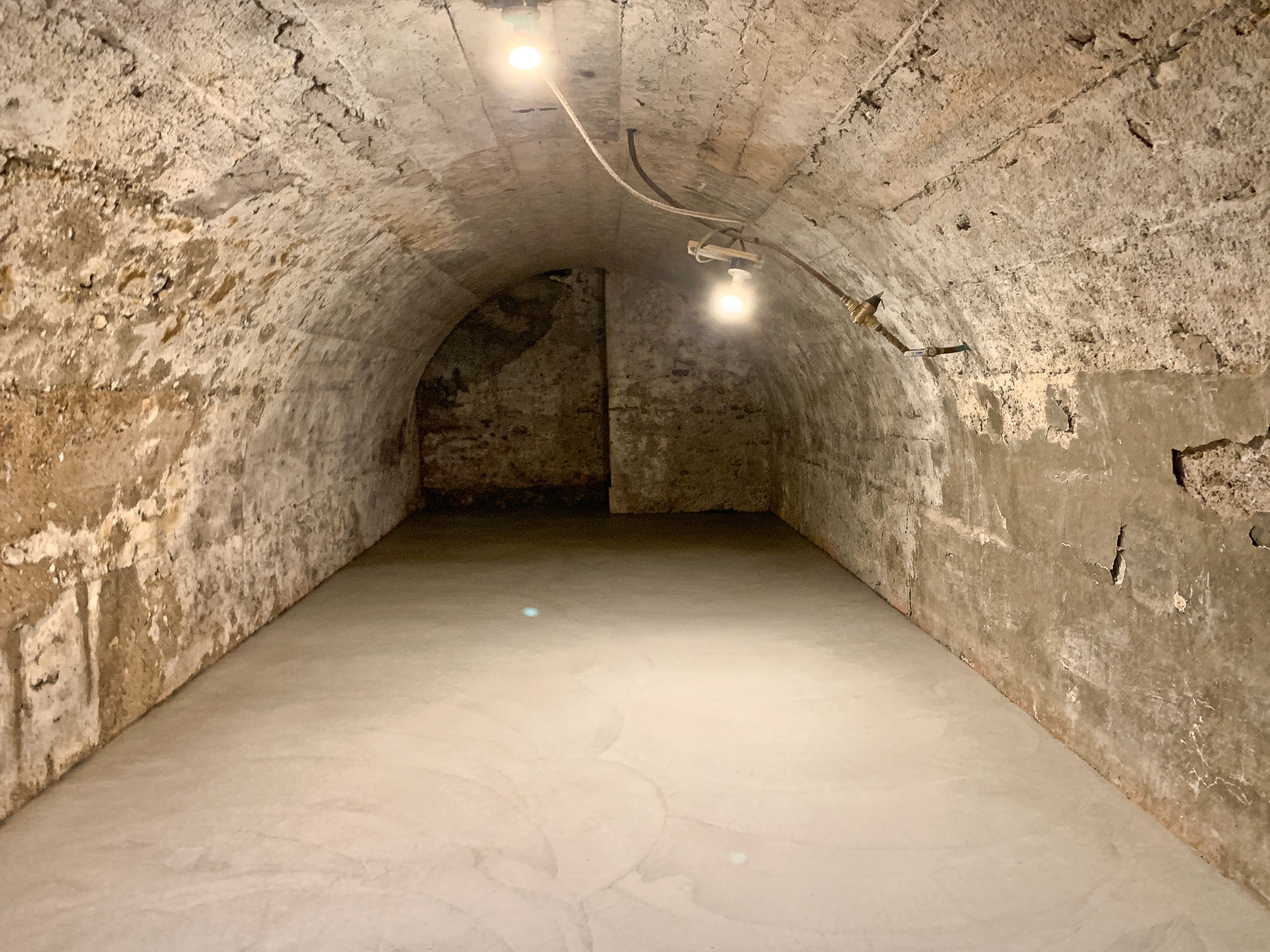[ED: Edited to clarify sense and meaning. It will likely be edited after posting as well.]
and
I was reminded how culture is often (always?) overtaken (taken over?) and becomes an extension of the dominating state (or power in control of the state). While throughout the Third Reich, there were countless small acts of kindness in the face of extreme social oppression and control, this did not stop the juggernaut of singular human pathology turning the overall society into a violent (Nazi) killing machine. And along with the killing, that machine simply subsumed cultural production. Remember book-banning-then-burning? Oh, wait, no need to remember, I can read about the banning here, now!
The foundation of the Amurikan system since WWII is predicated on an often-hidden-but-often-expressed element of violence that has superseded any prior Empires by orders of magnitude. We are of that system, and fully immersed within it. Think of both our long-ago stints in service of the “Imperialist Vanguard”!
I do truly hope that your optimism is not misplaced as we seem to slide into a vortex not dissimilar to the many vortices experienced by humans in the past and/or in other places. I often have the feeling that so many people in the contemporary developed world are so fully immersed in the consumption of mediated constructs of the world that unmediated, meat-space, direct apprehension of the world has been lost or at least stripped of its value. This would include direct face-to-face engagement with proximal Life (not in films, not online, not in books, but in direct expression and embodied impression). This is a fundamental of community that has been severely drained of vitality … by, for example, ‘social media’.
In a way, the power of Klemperer’s diaries, written/mediated contradict everything I have expressed here and do support your core idea, as they were ‘simply’ his writings—detailed daily reflections on events and feelings in his more immediate surrounds—that, through his perseverance, made it, bound, to my bedside table. Thence, giving rise to change within my embodied system. However, the time I spent reading them, well, would it have been better spent helping a neighbor (as I have been helped on occasion during my recent rural existence)? We cannot have anything approaching a democracy without community, and neither can we have a just or truly diverse society without the repeated, crucial encounter with the Other: open, embodied, hypostatic, indeterminate, unscripted, and imbued with the active presence of change. (Again, I contradict, yes, writing can do this, any mediated fragment of culture can do this, but …)
Hope this jangling screed doesn’t come across badly. Maybe I should have kept it in our private convos, such as they are! You know my respect for you. So it goes.
Perhaps this points to the idea that there are only small acts of kindness. That there are, in perceived reality, no societal, cultural acts of kindness. That tribal is tribal, clan is clan, and the will to survive in that exclusive social configuration is primal and primary. Altruism, while potentially able to bridge particular rival societal strictures in particular instances, is not able to change wider societal trajectories. This may be the source of liberal failure: imagining, falsely, that it is possible to do what is not possible, taming animal nature. Perhaps this impulse is simply another expression of human hubris. It also may explain the sudden withdrawal of (many) liberals from the scene in the moment, in the face of that wider swell (tsunami!) of societal grievance led by … a singular pathological will-to-survive. This retreat may have a texture of localized kindness, wonderful! But cataclysm at the more global scale may be inevitable. Indeed, at the psycho-spiritual scale maybe this is what Life is: the challenge to find a(n internal) energy source for the expression of kindness in the cataclysm. Not sure I personally have the capacity for this anymore, but that is another issue.
























